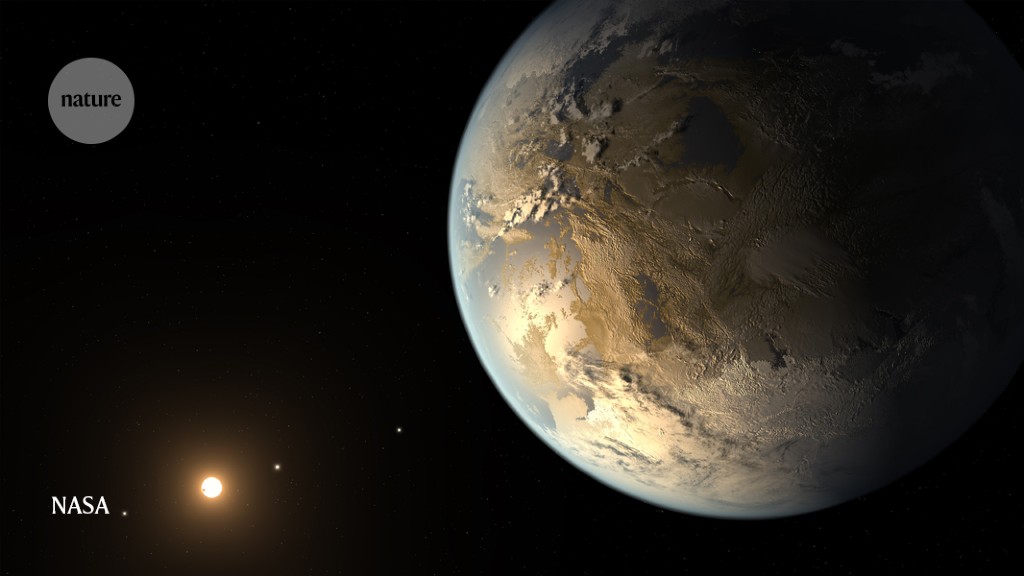biometrics
Well-Known Member
- Joined
- Oct 17, 2019
- Messages
- 20,381
After sending robots to the Moon, landing them on Mars and building its own space station, China is now eyeing distant solar systems. This month, scientists will release detailed plans for the country’s first mission to discover exoplanets.
The mission will aim to survey planets outside the Solar System in other parts of the Milky Way, with the goal of finding the first Earth-like planet orbiting in the habitable zone of a star just like the Sun. Astronomers think such a planet, called an Earth 2.0, would have the right conditions for liquid water — and possibly life — to exist.
More than 5,000 exoplanets have already been discovered in the Milky Way, mostly with NASA’s Kepler telescope, which was in use for 9 years before it ran out of fuel in 2018. Some of the planets were rocky Earth-like bodies orbiting small red-dwarf stars, but none fit the definition of an Earth 2.0.
With current technology and telescopes, it is extremely hard to find the signal of small, Earth-like planets when their host stars are one million times heavier and one billion times brighter, says Jessie Christiansen, an astrophysicist at the NASA Exoplanet Science Institute at California Institute of Technology in Pasadena.
The Chinese mission, called Earth 2.0, hopes to change that. It will be funded by the Chinese Academy of Sciences and is wrapping up its early design phase. If the designs pass a review by a panel of experts in June, the mission team will receive funding to start building the satellite. The team plans to launch the spacecraft on a Long March rocket before the end of 2026.

 www.nature.com
www.nature.com
The mission will aim to survey planets outside the Solar System in other parts of the Milky Way, with the goal of finding the first Earth-like planet orbiting in the habitable zone of a star just like the Sun. Astronomers think such a planet, called an Earth 2.0, would have the right conditions for liquid water — and possibly life — to exist.
More than 5,000 exoplanets have already been discovered in the Milky Way, mostly with NASA’s Kepler telescope, which was in use for 9 years before it ran out of fuel in 2018. Some of the planets were rocky Earth-like bodies orbiting small red-dwarf stars, but none fit the definition of an Earth 2.0.
With current technology and telescopes, it is extremely hard to find the signal of small, Earth-like planets when their host stars are one million times heavier and one billion times brighter, says Jessie Christiansen, an astrophysicist at the NASA Exoplanet Science Institute at California Institute of Technology in Pasadena.
The Chinese mission, called Earth 2.0, hopes to change that. It will be funded by the Chinese Academy of Sciences and is wrapping up its early design phase. If the designs pass a review by a panel of experts in June, the mission team will receive funding to start building the satellite. The team plans to launch the spacecraft on a Long March rocket before the end of 2026.

China is hatching a plan to find Earth 2.0
A satellite will scour the Milky Way for exoplanets orbiting stars just like the Sun.
